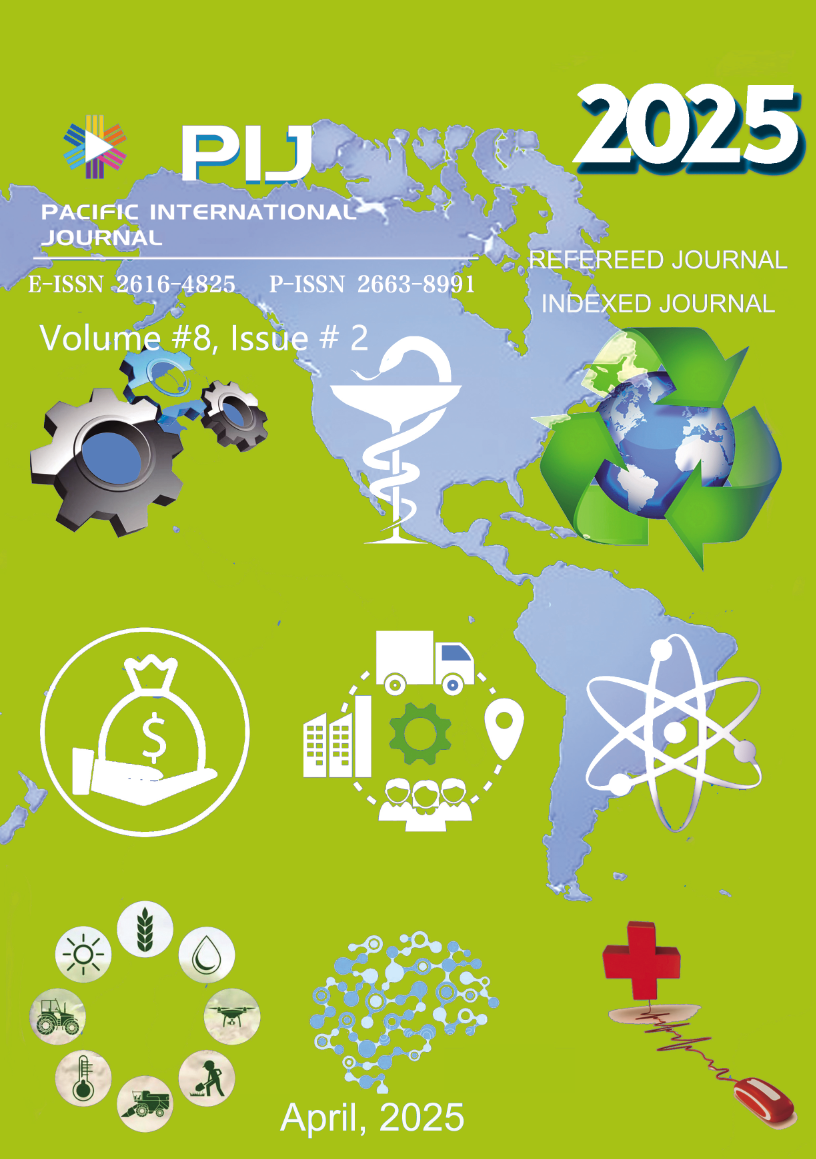The Integration of Chinese Traditional Aesthetic Education and Global Mindedness of Students at a Selected University in Henan, China
DOI:
https://doi.org/10.55014/pij.v8i2.815Keywords:
Chinese Traditional Aesthetic Education, Global Mindedness, University Students, Sense of Beauty, Intellectual Intuition, Symbolism, Cultural AcceptanceAbstract
This study investigates the degree of integration of Chinese traditional aesthetic education and its relationship with the level of global-mindedness among university students. The research assesses multiple dimensions of aesthetic education, including sense of beauty, satisfaction of mind-heart, satisfaction of intellectual intuition, integration of parts into a total system, symbolism, and simplicity, alongside the key components of global-mindedness, such as acceptance of different cultures, care for world problems, interconnectedness and peace, and world citizenship. A mixed-methods approach was utilized, combining quantitative and qualitative analyses to evaluate respondents’ perceptions and explore the connections between these constructs.
Findings reveal that Chinese traditional aesthetic education is generally perceived as "integrated," with the strongest results in fostering a sense of beauty and satisfaction of mind-heart, while areas like symbolism and simplicity demonstrate potential for further enhancement. The level of global-mindedness among students was assessed as "evident," with interconnectedness and peace emerging as the most pronounced dimensions. Correlation analysis highlights significant relationships between specific dimensions of aesthetic education—such as satisfaction of mind-heart and sense of beauty—and aspects of global-mindedness, particularly world citizenship and care for world problems. However, the overall correlation between the two constructs was not significant, indicating room for improved alignment.
This study underscores the importance of integrating traditional aesthetic education with contemporary global themes, such as sustainability, intercultural competence, and social justice, to enhance students' readiness for a rapidly changing, interconnected world. Recommendations include expanding experiential learning opportunities, fostering interdisciplinary collaboration, and contextualizing traditional aesthetics within global education frameworks to maximize their relevance and impact. These findings contribute to the broader discourse on education reform and the cultivation of culturally rooted, globally minded citizens.
Downloads
Downloads
Published
How to Cite
Issue
Section
License
Copyright (c) 2025 Pacific International Journal

This work is licensed under a Creative Commons Attribution-NonCommercial-NoDerivatives 4.0 International License.





